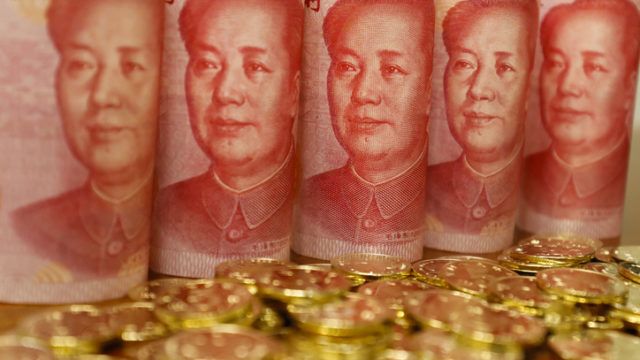Investors looking to diversify risk in their multi-asset or global portfolios should increase their allocations to Chinese onshore investment-grade bonds.
“We are upbeat about the stability and strength of the renminbi (RMB) because of a recovery in Chinese exports and prudent central bank policy,” explained Edmund Goh, investment director, Asian fixed income at ASI.
While Goh said he doesn’t have a particular preference for short- or longer-term debt as part of local currency allocation, he would opt for investment grade debt in the corporate and quasi-government space.
“We plan to increase our investments in those investment grade credits that we like,” he added.
Shows resilience
The asset class has shown stability during recent uncertainty, with strong growth in money allocated to it and net inflows into China’s onshore bond market in recent years. Issuance has also increased.
In particular, foreign net inflows have remained consistent regardless of market sentiment.
“We believe the long-term outlook for supply in China’s onshore bond market remains healthy because of the country’s need for debt financing,” said Goh. “What’s more, the Chinese government is keen for the bond market to fill the gap left by shadow banking, as that sector shrinks following greater government scrutiny and intervention.“
Although default risk will likely continue to rise, he believes this is important for the development of a healthy bond market. At the same time, local government financing vehicles have yet to suffer a single public bond default so far, said Goh.
Plus, he added, most foreign investors aren’t affected on a day-to-day basis. This is because – bar a few high-yield specialist investors – they tend to stay away from the distressed and high-yield markets.
Attracts interest
Indeed, despite the relatively short amount of time that foreigners have been able to invest easily in onshore bonds via CIBM and Bond Connect, foreign investor interest has grown quickly.
It has to date almost entirely been concentrated in RMB-denominated sovereign and quasi-sovereign debt, with foreign investors owning more than 10% of outstanding Chinese government bonds.
The pandemic has also boosted global investors’ allocation to China bonds. While central banks around the world have been cutting interest rates to support recovery from Covid-19, China’s rates are still relatively high – reflected in its local currency bond yields.
“Combined with the strength that the RMB has shown against the US dollar during this period, there is a very attractive case for bond investors around the world to take a closer look at the onshore market,” said Goh.
Looking forward, China bonds’ inclusion into FTSE Russell’s flagship benchmark is expected to fuel more exposure to the asset class, he said. “This time round I think inclusion will be spaced out over 36 months, so perhaps the pace of inflows may be slower than before.”

















